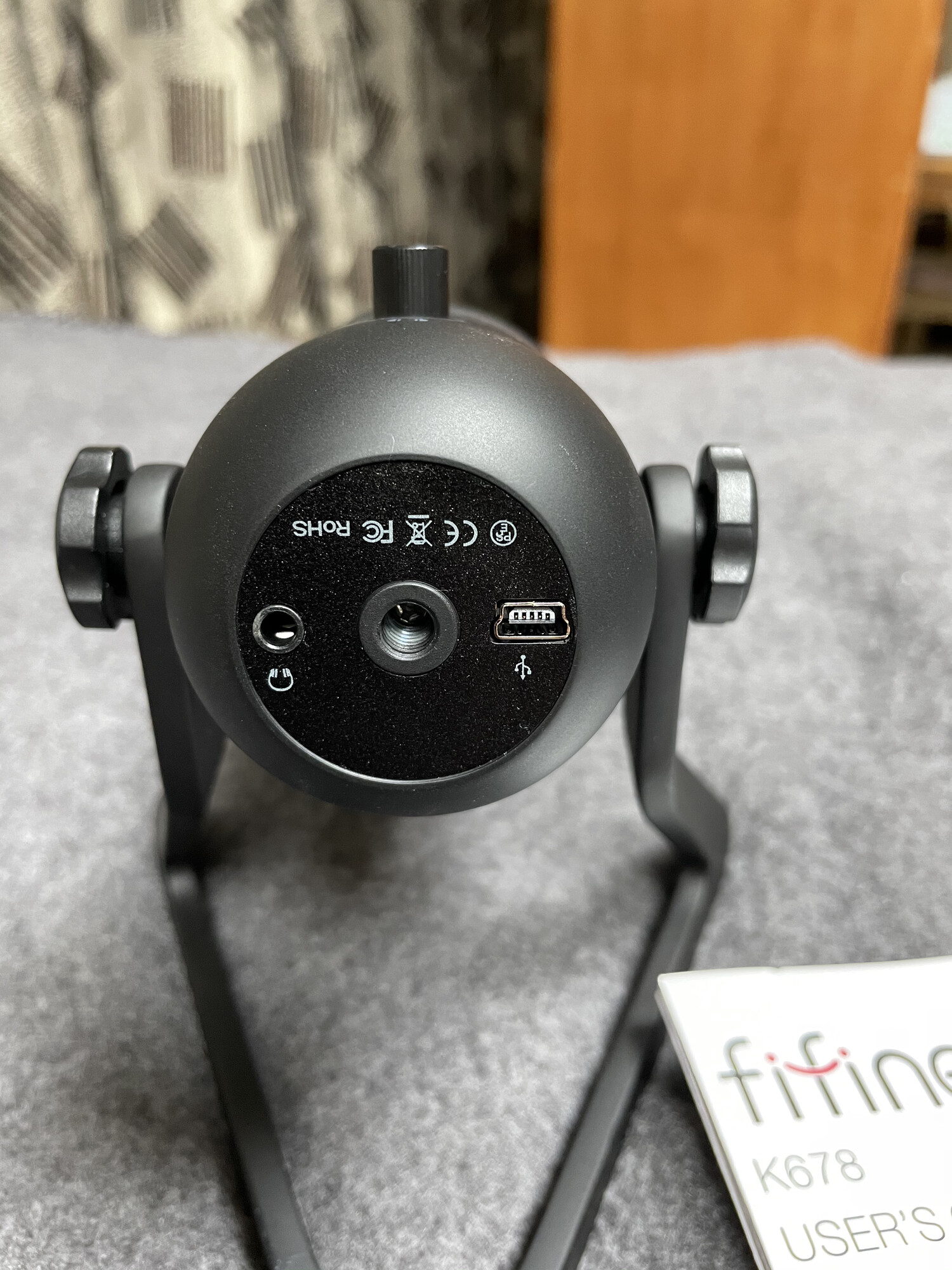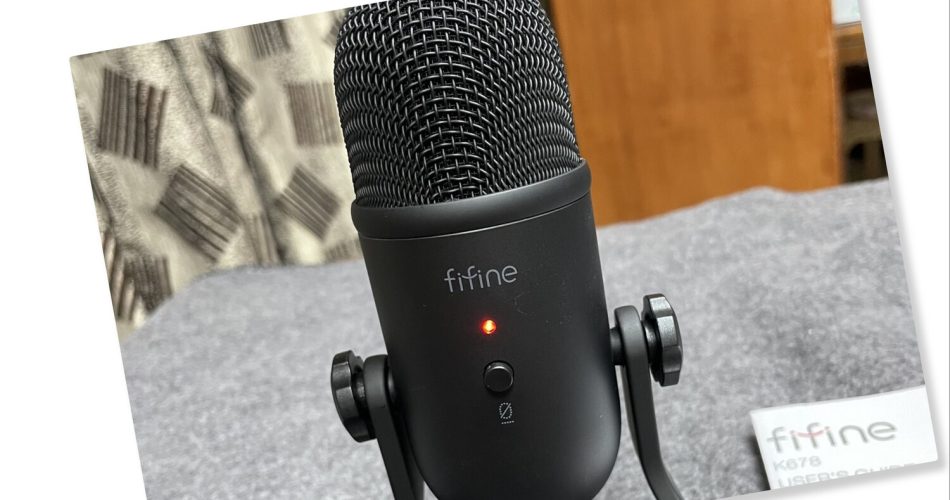With the growing use of video calls every day, weekly talks and monthly interviews, it is important you have a good infrastructure for making your presence felt online. For that, you need to be having bright lights, a camera that can produce sharp video, a loudspeaker to hear the other side(s) and a good microphone to capture your voice clearly.
I had written earlier on how you can improve the lighting in your room with ring lights and overhead lights, your picture with TVSi 1080p and Logitech 4K webcams, and hear your audience clearly with a Harman Kardon Bluetooth speaker. There was one missing piece, it is being heard crisply. Logitech Brio webcam has a reasonable microphone, but I wished for something better.
For months I researched online and asked my fellow members of the Professional Speakers Association of India what can be a professional-grade microphone that is affordable.
Disclosure: I write reviews about products that I have bought for my usage and paid in full. There were no sponsorship or advertisement, or commission of any sort involved in this post.
I bought Fifine K678 Condenser Microphone for INR 6500 (USD 90) from Amazon India. The reasons I went for this one are:
- It had a nice compact look, a sturdy construction, and comes with a stand attached,
- It is a condenser microphone that can pick up sound clearly,
- It has a cardioid polar pattern meaning means the microphone primarily picks up sound within an area that is heart-shaped. In other words, the microphone has the highest sensitivity to sound coming in from directly in front of the microphone capsule (0º), practically no sensitivity to sound coming directly from behind (180º), and reduced sensitivity to sound coming in from the sides (90º/270º). This works perfectly for my requirement which is to be able to pick up my voice when I am standing or sitting in front of the microphone,
- The price was attractive. While Rode and Blue Yeti are famous brands in condenser microphones, they were expensive for my liking.

The backside of the microphone with Mic and Monitoring Volume control and – Fifine K678
The microphone connects to your PC through the given Mini-USB to USB-A cable. Windows 10 automatically detects the microphone and shows up in Microsoft Teams, Zoom or Cisco Webex or Google Meet – the four platforms I have tested the same.
The front of the microphone has a handy mute button. It doesn’t have a power ON/OFF button, so I have connected it to a powered USB hub that I have. I turn on the hub only when I am going to be using the Fifine mic.
The backside of the Mic has a microphone level control (volume control), which is very handy during calls. It also has a low-latency monitoring control – you can connect a headphone to the port at the bottom and listen to what the audio from the microphone will sound like. Apart from the Mini-USB port, the bottom of the mic has a thread, to connect any standard camera tripod.

Ports in Fifine K678 (inverted view)
The attached stand can be removed and the mic can be hooked to a boom arm stand with the included adapter that fits into the tripod thread.
I have been using it regularly for video calls and professional speaking sessions and it works great. I am happy!
Footnote: I have heard from friends good feedback about a cheaper model from Fifine, the Fifine K670B which costs about INR 3900, you can check that out too.



The USB port on this mic is actually Mini-USB, not Micro-USB (which is even smaller).
Good catch. You are right, I have made the correction. Thanks.